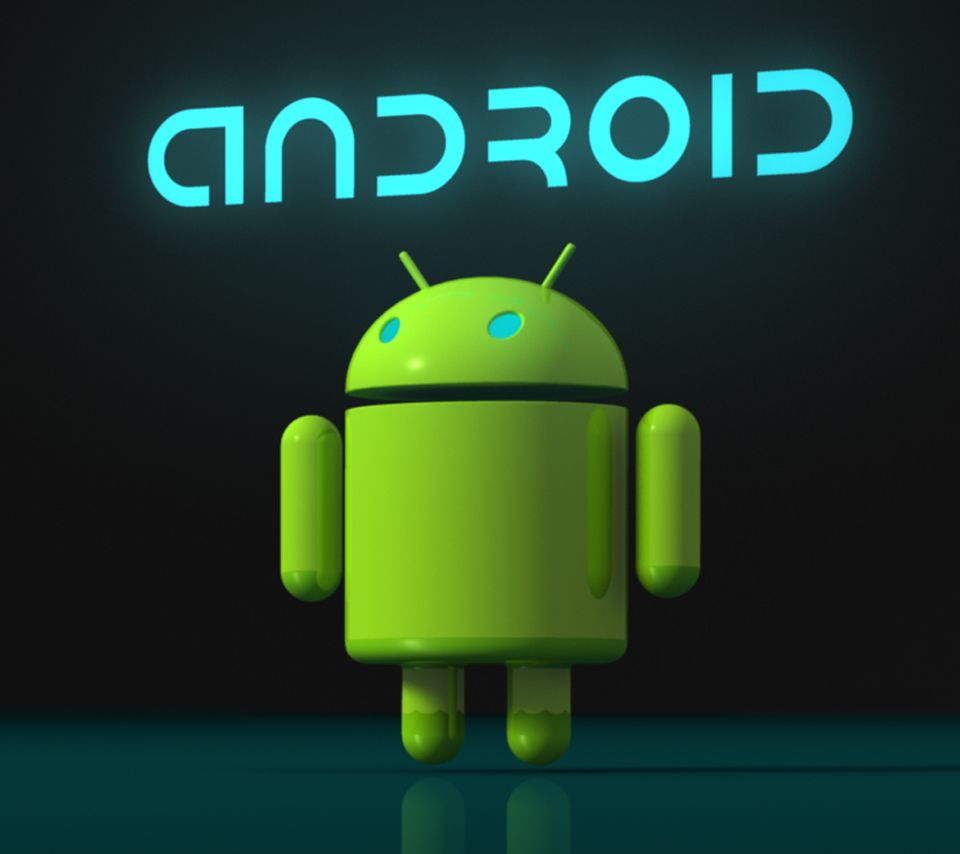There are a lot of factors that can influence one’s choice for the
operating system of his phone. Aside from apps, services, and responsiveness,
aesthetic appeal is a significant indicator as well. The three dominant mobile
platforms today are Google’s Android, Apple’s iOS, and Microsoft’s Windows
Phone, which are rank-ordered respectively. Android officially comprises 80
percent of the global platform market share in the 3rd quarter of
2013, while iOS is still second in line with 12.9 percent, down from 14.4
percent a year ago. On the other hand, Windows Phone is slowly but steadily
growing in number, being locked in the third spot with 3.6 percent. Given the
figures, let’s just focus on the big three of smartphone platforms. So, read on.
Android
 The reason for the significantly impressive market share of Android is
its availability to the smartphones of multiple manufacturing companies. Its widespread
utilization in smartphones of all sorts, three-inchers to 6-inch phablets, makes
it the most popular by a wide margin. And why won’t it be? Android features an
easily customizable OS that hardware manufacturers and users themselves can
drastically change by just a few simple tweaks. If you don’t like the current
virtual keyboard, download another from Google’s Play Store. If you want the
most recent tweets in your timeline on the homescreen instead of the clock,
then customize it. Android lets its users get a more personalized experience
with their handheld devices.
The reason for the significantly impressive market share of Android is
its availability to the smartphones of multiple manufacturing companies. Its widespread
utilization in smartphones of all sorts, three-inchers to 6-inch phablets, makes
it the most popular by a wide margin. And why won’t it be? Android features an
easily customizable OS that hardware manufacturers and users themselves can
drastically change by just a few simple tweaks. If you don’t like the current
virtual keyboard, download another from Google’s Play Store. If you want the
most recent tweets in your timeline on the homescreen instead of the clock,
then customize it. Android lets its users get a more personalized experience
with their handheld devices.
And since Android is Google’s very own, it offers Google’s vast number
of innovative services, such as Gmail, Google Calendar, Google Contacts,
Google+, Google Drive, Google Hangouts, and Google Maps. The most noteworthy
drawback of Android is what kept it the leading mobile platform in the first
place. Because it’s available to a myriad of smartphone brands, third-party app
developers find it labor-intensive to develop apps for Android; as a result,
cutting-edge apps make their debut in iOS first because of the said factor. In
addition, the quality of apps available in Play Store isn’t always up to the
same standards set by in iOS.
iOS
iOS can be solely found on all iDevices. As a matter of fact, its
exclusivity makes it more appealing and interesting. However, with that kind of
situation, it has to prove itself as something worth having, and that is
exactly what Apple has accomplished with iOS.
Among all mobile platforms out there, iOS is branded as the most
user-friendly. It is generally the simplest to use and learn. Indeed, even
toddlers have been able to master every nook and cranny of the iOS. But with
its easy-to-use interface, comes a very stringent limitation for
personalization. And talk about apps; it is a tradition that third-party
software developers choose to target iOS first because of the ease of releasing
an app on only limited types of devices, even though the iOS market share isn’t
that much as compared with Android’s. The disadvantage is just is if you’re not
much of a fan of the hardware specifics of iDevices like a limited 4-inch
screen with its smartphones, then you might want to consider another OS.
Windows Phone
 The mobile platform from Microsoft is the youngest of the three. Due to
its considerably small share in the global platform market, it’s just but
expected that its app ecosystem isn’t rich enough when compared to Google Play
and iTunes. This might be the very reason why you yourself may think twice
before getting smartphone that runs on Windows Phone. But make no rash
decisions just yet, for the devices that run this OS are of good quality. Most
of them are Nokia products. And now that the mobile phone division of Nokia has
been purchased by Microsoft, we can definitely see more improvements with the
upcoming handsets to be produced by Microsoft with the current technology of
Nokia.
The mobile platform from Microsoft is the youngest of the three. Due to
its considerably small share in the global platform market, it’s just but
expected that its app ecosystem isn’t rich enough when compared to Google Play
and iTunes. This might be the very reason why you yourself may think twice
before getting smartphone that runs on Windows Phone. But make no rash
decisions just yet, for the devices that run this OS are of good quality. Most
of them are Nokia products. And now that the mobile phone division of Nokia has
been purchased by Microsoft, we can definitely see more improvements with the
upcoming handsets to be produced by Microsoft with the current technology of
Nokia.
Choosing the operating system of your next smartphone could be the most
important consideration you’ll have to ponder on. The platform is essentially
the soul of every device, so think carefully and choose properly.


No comments:
Post a Comment